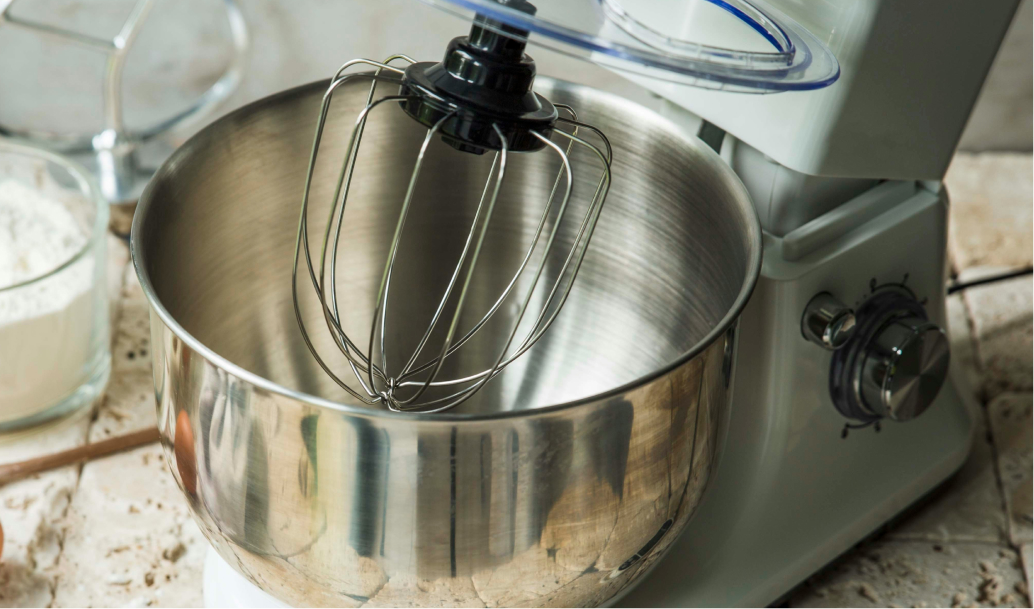Easy Repairs for 6 Popular Appliances

From cooking to doing laundry, we depend on appliances that we use almost daily. Like anything with regular use, these appliances eventually wear out and malfunction.
When this happens, we have three options: replace them (expensive and unsustainable), call a professional (still costly), or repair them ourselves — a budget-friendly and sustainable solution. Fortunately, most common appliance problems can be fixed at home using simple DIY techniques.
Here are some DIY repair guidelines for 6 popular appliances:
Coffee Maker
Most common coffee makers are available as drip makers (single-pass brewing into a carafe) or percolators (multiple-pass brewing for a stronger flavor). Both use heating elements, thermostats, and controls to craft your perfect cup. When malfunctioning, most issues involve simple components like switches, thermostats, or heating elements that can be fixed with basic tools, saving money compared to buying a new machine or visiting coffee shops.
How to repair a coffee maker →
Dishwasher
Dishwashers, despite their intimidating control panels, are surprisingly simple machines that haven't changed fundamentally in decades. They run on standard household voltage (115-120V), using hot water from your water heater and draining into your sink's drainpipe. Water should be at least 140°F for best cleaning results, unless your model has built-in heating. Common DIY-fixable issues include malfunctioning door latches, switches, controls, water inlet valves, float switches, and pumps — all of which can be replaced as complete units. This approach is much more cost-effective than professional service, as parts are designed to be relatively easy to swap out, making dishwasher maintenance both practical and economical for homeowners.
Clothes Dryer
Your clothes dryer is a straightforward appliance that dries wet laundry in a rotating drum powered by a motor and pulley system, with heat provided by either a gas heater or an electric element. Thermostats regulate temperature and drum speed, while a door switch ensures the dryer only operates when properly closed. Common issues include failing start switches (preventing power-up), burnt-out heating elements (spinning without heat), drum and motor problems (unusual noises or rotation issues), and worn drum rollers (thumping sounds). Always unplug your dryer and disconnect any gas supply before attempting repairs on these common problems.
How to repair a clothes dryer→
Food Mixer
Food mixers are versatile kitchen appliances that blend ingredients for various recipes, from cookies and cakes to breads and desserts. They come in two main types: lightweight portable (hand) mixers for basic tasks and powerful stationary (stand) mixers for heavier jobs like kneading dough. These appliances use motors, gears, and speed controllers to operate the beaters at different intensities. When a food mixer malfunctions, the problem usually involves one of three components: the switch (causing power issues), speed controls (resulting in erratic speed changes), or gears (leading to grinding noises or rotation problems). Most of these common issues can be fixed with simple repairs without professional help.
Toaster Oven
Toaster ovens are versatile kitchen appliances that function like horizontal toasters with added oven capabilities for baking and broiling. With a higher price point (around $75), repairing these appliances is usually more cost-effective than replacing them, and their larger size makes repairs easier compared to standard toasters. When troubleshooting a malfunctioning toaster oven, focus on four main components: the main switch, thermal fuse, heating element, or solenoid. Despite varying features across models (from basic toast settings to precise temperature controls), most share similar operating principles and repair approaches, with thermostats regulating heating elements based on your selected function.
How to repair a toaster oven →
Washing Machine
A washing machine transforms laundry day from a dreaded chore to a simple task by letting you add dirty clothes and detergent, press start, and get clean results. These essential appliances, considered among the most important inventions of the Industrial Revolution, save countless hours of manual labor — until they malfunction. When your washing machine fails, you can either call a professional or fix it yourself. Despite their complexity (timing cycles, water valves, motors, drainage systems, and temperature controls), many common issues can be repaired with basic mechanical understanding and patience, without professional assistance.
Join the community

















